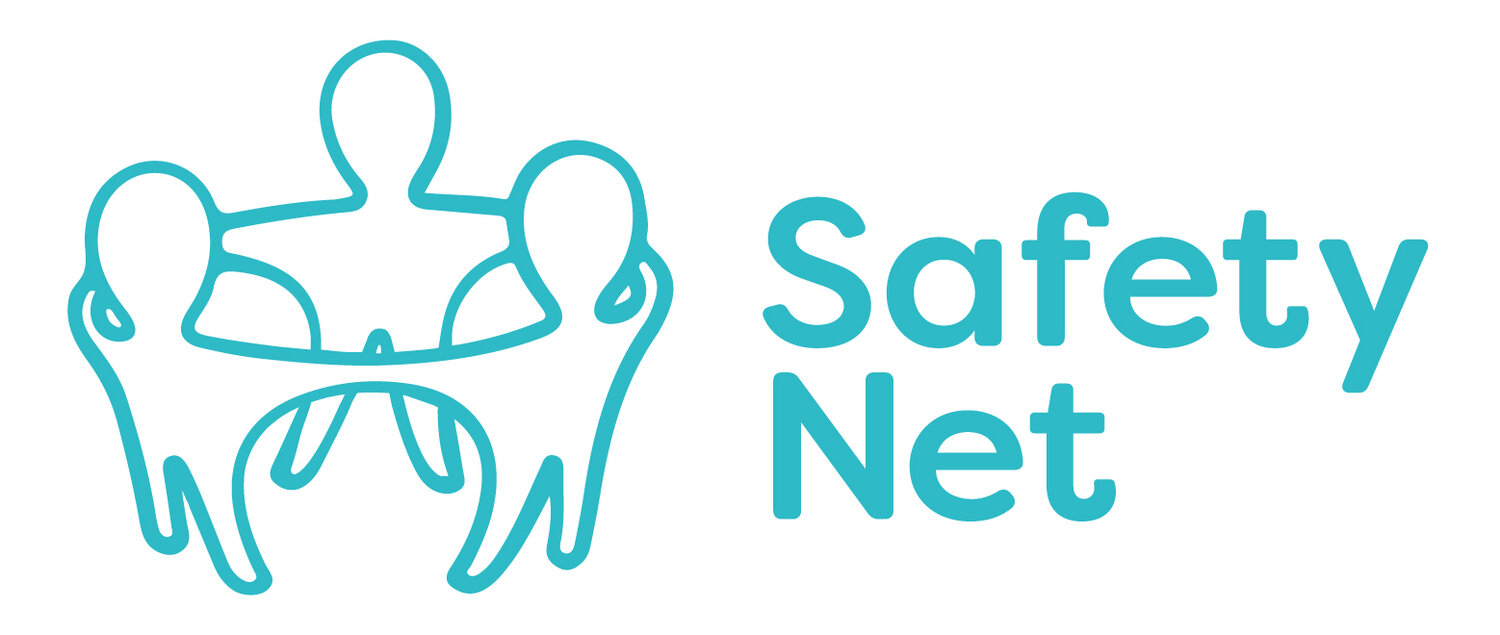A Day in the Life of Helen, Children and Young People’s Therapist
“As a Children and Young People’s Therapist, working in a domestic and sexual abuse recovery service, I find that no two days are the same – and this is one of the reasons I love my job.
Each morning begins with a team meeting; it’s really nice to have that connection with colleagues at the start of each day, and to offer each other support. The team meeting also helps us to make the transition from home life to work life. This is especially important when we’re all still working from home, to some degree – through video calls with our clients.
I work with a wide range of ages – from 6 to 24. In general, about 60% of the young people I work with have experienced or witnessed domestic abuse, whilst 40% have experienced childhood sexual abuse.
The therapy I provide happens in a very organic way. It’s all about offering the young person a safe space, where they feel in control. This is because the clients I work with have had no say over the abuse they experienced. As far as possible, I want the therapy process to empower them, so that they feel safe and in control during each session.
This means that sometimes we don’t talk about the abuse they experienced at all. Instead I might offer them a place where they can express themselves creatively, using art or music, for example. We might make a worry or safe box together, and then I will invite them to put things in the box. Or we might use sensory toys and tools to help ground them in the moment, so they can cope with strong and uncomfortable feelings.
Some children attend with a lot of anger and energy – they might have a desire to express their anger for example. If this happens I allow them to express themselves, but in a safe and contained way. I might, for example, invite them to strike some cushions or draw a picture of who or what they are angry about and then tear it up.
At some point we may talk about how they have experienced difficult things which can result in them having mixed up thoughts. But I never force this conversation. Ultimately the entire process is led by the young person.
All of this helps to restore self confidence and resilience. It sends a message to the young person that someone is really listening and paying attention to them. Parents often try and ‘close’ children down, to stop them from expressing feelings, simply because it’s easier to manage a less emotional child or parents don’t know the best way to respond, they sometimes think talking about it will make it worse. Conversely, I welcome all feelings in the therapy room.
Safety Net is limited to providing 24 sessions per young person. Sometimes a child is ready to leave before then. I always feel immensely proud of all the young people I work with, and whilst I will miss working with them, I’m happy when they feel able to leave, as it means I’ve done my job well.”

